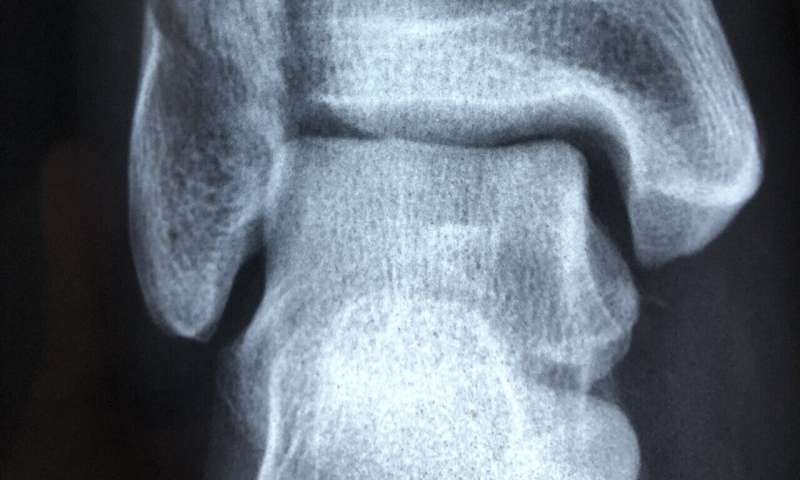Worldwide IOF-ISCD survey of bone densitometry units published


There is high variability in access to, and quality of, bone density scanning facilities worldwide, according to a landmark global study carried out at the Medical Research Council Lifecourse Epidemiology Unit (MRC LEU, University of Southampton) in collaboration with the International Osteoporosis Foundation (IOF) and the International Society for Clinical Densitometry (ISCD).
A global survey of 121 fracture liaison services (organisations which identify and provide treatment for patients at risk of secondary fractures) from 31 countries was conducted to assess the quality of their bone scanning facilities. These services participated in the Capture the Fracture Best Practice Framework which provides globally-endorsed standards for fracture liaison services.
Low bone density, measured using Dual energy X-ray absorptiometry (DXA), is common among older people and is associated with increased risk of osteoporotic fractures. Osteoporotic fractures are associated with disability, mortality and significant economic costs.
The study, published in Osteoporosis International, found that most fracture liaison services reported that DXA access met needs. However, adherence to basic DXA quality and reporting procedures was confirmed by only around 50% of services and over 50% required ongoing education for DXA machine operators and interpreters.
Professor Christopher Shuhart, co-author and Immediate Past President of ISCD stated: “Although DXA service access meets needs, many centres are falling short of quality standards. The findings emphasise the need for educational initiatives targeting DXA measurement technology and reporting, such as adoption of the joint IOF-ISCD Osteoporosis Essentials course.”
Professor Cyrus Cooper, Director of the MRC LEU and President of IOF, said:
Source: Read Full Article